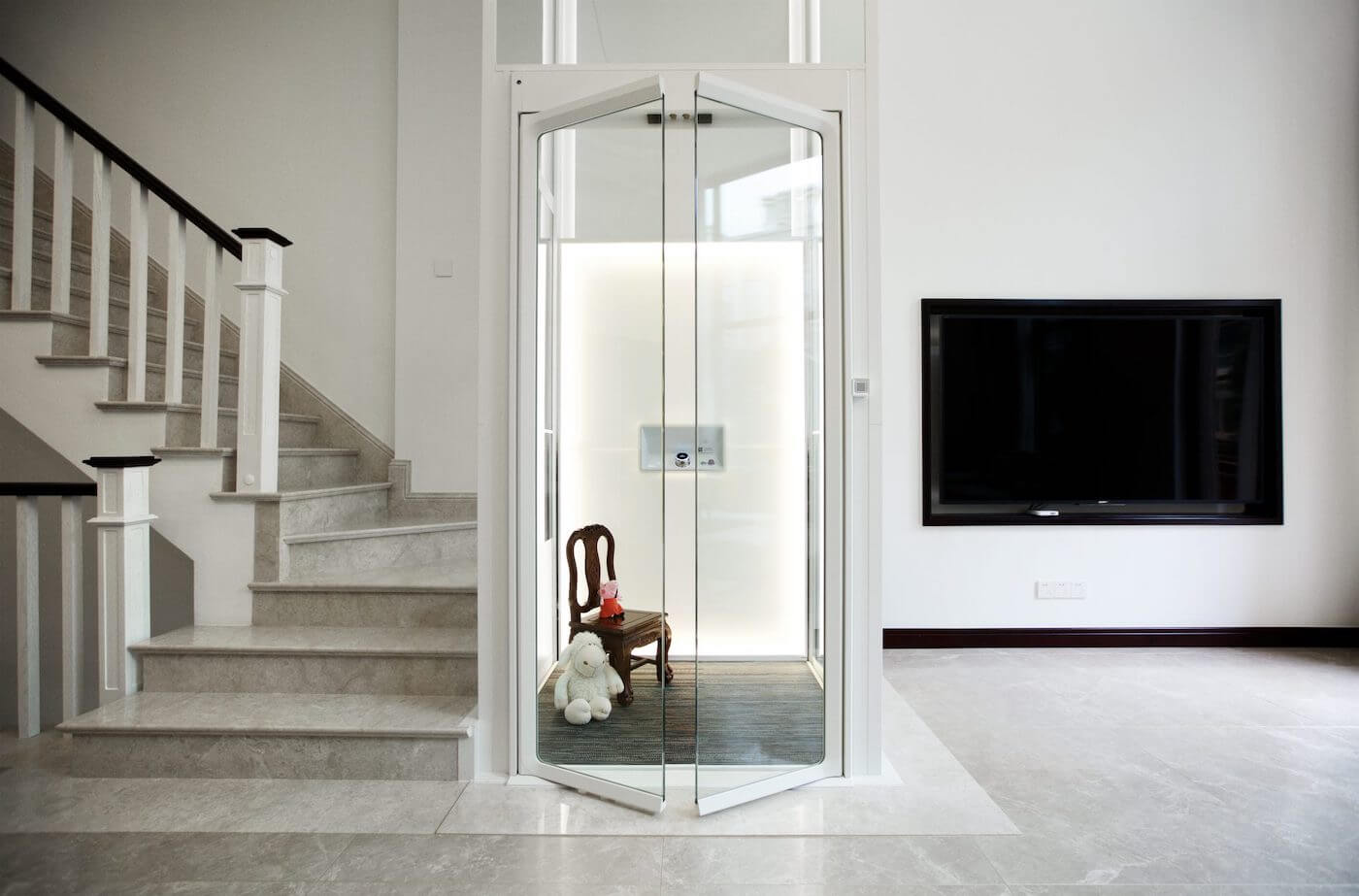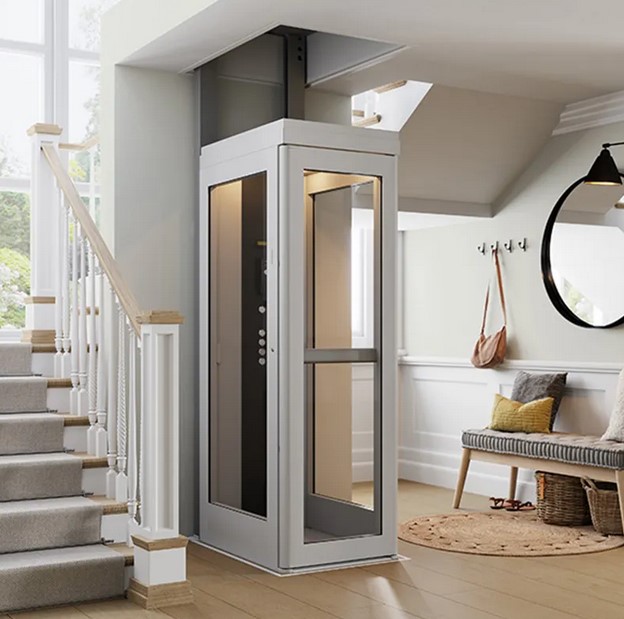We Maintain Lifts with Accuracy: Ensuring Safety And Security and Performance
Looking Into the World of Lifts: Usual Problems Encountered by Numerous Lift Systems
As we navigate via the vertical transportation systems of contemporary buildings, lifts stand out as an important component of our every day lives. Nevertheless, behind their smooth procedure lies a globe of complex mechanisms that can occasionally come across challenges. From hydraulic lifts to traction systems and machine-room-less layouts, each lift type includes its set of usual issues. Recognizing these difficulties is crucial for making sure the smooth functioning of these crucial systems. Let's discover the complexities that underlie the procedure of lifts and the prospective concerns that can occur, clarifying the intricate web of lift mechanisms.
Hydraulic Lifts
Hydraulic elevators, frequently favored for low-rise buildings, use fluid stress to regulate the movement of the elevator auto (lift repair companies). This system involves a hydraulic pump pushing oil right into a cyndrical tube, causing the elevator to relocate the preferred instructions. While hydraulic lifts are recognized for their quiet and smooth operation, they do include their very own collection of common issues
One prevalent problem with hydraulic elevators is oil leakage. Additionally, problems with the control system, such as malfunctioning shutoffs or a malfunctioning pump, can create disruptions in the elevator's movement.
Normal upkeep and punctual repairs are vital to guarantee the smooth performance of hydraulic elevators. By dealing with these common issues proactively, structure proprietors can decrease downtime and make certain the safety and security and effectiveness of their vertical transportation system.
Grip Lifts
When thinking about vertical transportation systems in buildings, an additional usual type in addition to hydraulic lifts is the grip elevator. Traction lifts run utilizing a system of ropes and counterweights that relocate the elevator car by clutching onto the hoist ropes. This device permits for smoother and quicker vertical transport compared to hydraulic systems.
One of the typical issues faced by traction elevators is rope wear. The consistent motion of the ropes within the grip system can cause wear and tear gradually, possibly triggering the elevator to breakdown or become harmful for use. Normal assessments and maintenance of the ropes are vital to ensure the lift's proper performance and safety.
One more concern that traction lifts might experience is connected to the control system. Problems with the control system can cause issues such as unpredictable activity, delays in feedback times, or perhaps total closures. Regular screening and upkeep of the control system are important to avoid such issues and make certain the elevator's integrity.
Machine-Room-Less (MRL) Lifts

One of the essential components of MRL lifts is the small gearless traction maker that is installed within the hoistway. This machine successfully drives the elevator vehicle without the need for cumbersome devices found in typical traction elevators. In addition, MRL lifts generally use a weight system to balance the auto, additional enhancing their energy performance.
In spite of their benefits, MRL elevators might encounter difficulties connected to lift repair near me repair and maintenance due to the restricted room for equipment setup. Access for servicing components within the shaft can be limited, calling for specialized training for professionals. Proper upkeep timetables and regular evaluations are vital to ensure the continued smooth operation of MRL lifts.
Overloading and Weight Limit Issues
Straining and weight limitation problems are important problems in lift procedures. Elevator producers design lifts with details weight abilities to make certain guest safety and security and devices longevity.
When lifts are overwhelmed, it puts excessive stress on the electric motor, wires, and various other elements, potentially causing malfunctions or breakdowns. Safety systems such as sensing units and overload sensors are in area to protect against elevators from moving if they detect excess weight. In addition, surpassing weight limits can bring about increased power usage and wear and tear on the lift system.
To alleviate overloading concerns, developing supervisors must prominently display weight restrictions in elevators and educate passengers on the value of sticking to these limitations - lift repair companies. Regular upkeep checks by certified service technicians can likewise aid guarantee that lifts are operating within secure weight parameters. By resolving overloading and weight limit concerns proactively, structure owners can improve lift security and performance
Electrical System Failures
Going beyond weight limitations in lifts can not just bring about mechanical issues however additionally potentially add to electric system failures within the lift facilities. Electric system failings are a vital concern in elevator operation, as they can trigger unanticipated shutdowns, breakdowns, and even security threats. One common electrical problem is the getting too hot of components because of extreme existing circulation brought on by overloading the elevator past its ability. This can bring about damage to the electric motor, control, or circuitry systems, leading to expensive repair services and downtime.
Normal maintenance and inspections are critical to determine and address possible electrical concerns immediately, making sure the risk-free and efficient procedure of lift companies in London elevator systems. By sticking to weight limits and carrying out regular electrical system checks, structure proprietors can alleviate the risk of electrical failings in elevators.
Verdict

Hydraulic elevators, usually liked for low-rise buildings, make use of fluid pressure to control the motion of the lift car.When taking london lift company into consideration vertical transport systems in buildings, another typical type apart from hydraulic elevators is the grip elevator. Traction lifts operate making use of a system of ropes and counterweights that relocate the elevator auto by grasping onto the hoist ropes. Unlike typical elevators that call for a separate equipment area to house the devices, MRL elevators integrate many of the components within the shaft, removing the need for a committed device area.In conclusion, lifts encounter usual problems such as hydraulic breakdowns, traction system failures, and electric system problems.